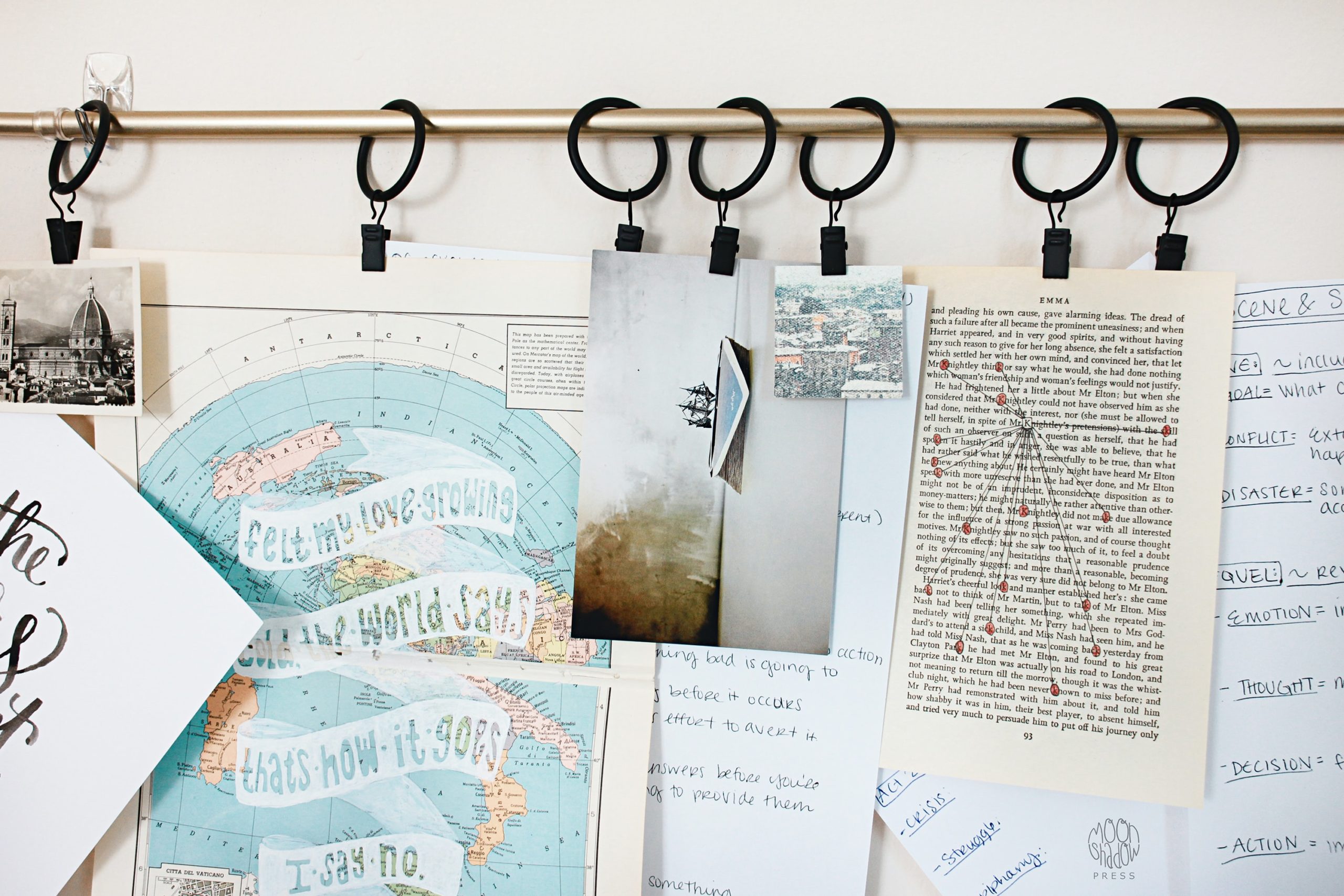
Whenever we see an orange swoosh symbol, we automatically associate it with the Nike brand. This is because the logo is the visual cue that people associate with a brand. While many may not give it much thought, there is a lot that goes into the conceptualization of a brand’s logo.
Every brand strives for a logo that stands out and immediately strikes a chord with the audience. However, the process, from ideation to creation is far from easy. That is exactly why we are we are here to help you navigate through it!
To make it easier to comprehend, we have simplified the logo designing journey into six steps:

1. Defining brand’s objective
Your brand’s logo is a visual representation of your brand’s identity. Some things that’ll help you in determining this identity are:
- Identify your USP
- Jot down the values and beliefs of your brand
- What are the three or four words you would use to describe your brand?
- What three or four do you want your customers to describe you as?
2. Seeking inspiration
Contrary to the popular saying that ‘inspiration can be found anywhere’, it is not that easy. But you can take the following steps to make it a bit easier:
- Have a good old brainstorming session with your team
- Try to think from your audience’s perspective
- A great hack is to create a mood board. This is just a board where you compile all your ideas, be it random Pinterest images or newspaper clippings, or anything in between. Put it up on the board!
- Check out what your competition is up to.

3. Picking design style
The design style you choose will set the tone for your brand. Whether you want a classy, funky, or retro vibe, it is up to the style. These have been explained a bit more below:
- Classic: If you do opt for this style, you are taking the risk of coming across as boring or just lazy. However, it might also make you seem reliable or timeless.
- Retro: It is an extremely useful style to infuse nostalgia in your audience. Plus it is also pretty trendy these days.
- Funky: The youth, especially, resonates with this one the most since it is so out there and no holds barred kind of a style.
Now, these are just a few examples. Research and browse Simplified to come across more styles and pick the one that suits your tone the best.
4. Setting color scheme and typography
Different colors have different meanings and emotions and ideas attached to them. This is why picking the right color scheme is important for a brand’s logo. A few examples to help you understand this better:
- Red stands for passion and excitement
- Orange exudes energy
- Yellow comes across as friendly and accessible
And so on.
Next up, the font (typography) you are using is another important element, naturally.

- Serif font: Makes you look classy and high-end
- Sans serif font: It helps in coming across as simple and elegant
- Script font: These reflect individualism and set a relaxed vibe
- Display font: Highly decorative fonts that are very stylish and will help you in standing out
5. Sharing parameters with designer
After you have a rough idea of how your logo should look, share those with your designer and be as clear as possible. The more grasp they have on your vision, the more options they’ll be able to come up with to suit your needs and meet your expectations.
You should also ask for the designer’s take on your ideas and make changes according to their feedback, as they’re the experts after all.
6. Assessing options
The final step – choosing the right logo. Discuss the options with your colleagues, friends, and potential customers. Ensure that your brand’s logo resonates with your brand in the best way possible.

Even though the written description of the Nike logo right on top might not have done it for you, you do get the gist right? Essentially, for a logo to be good, it has to be memorable, evergreen, and must reflect the values of the brand.
To help you out, Simplified has several easy-to-use tools and features that can simplify the process of building your brand’s logo. Start creating today, and represent!











